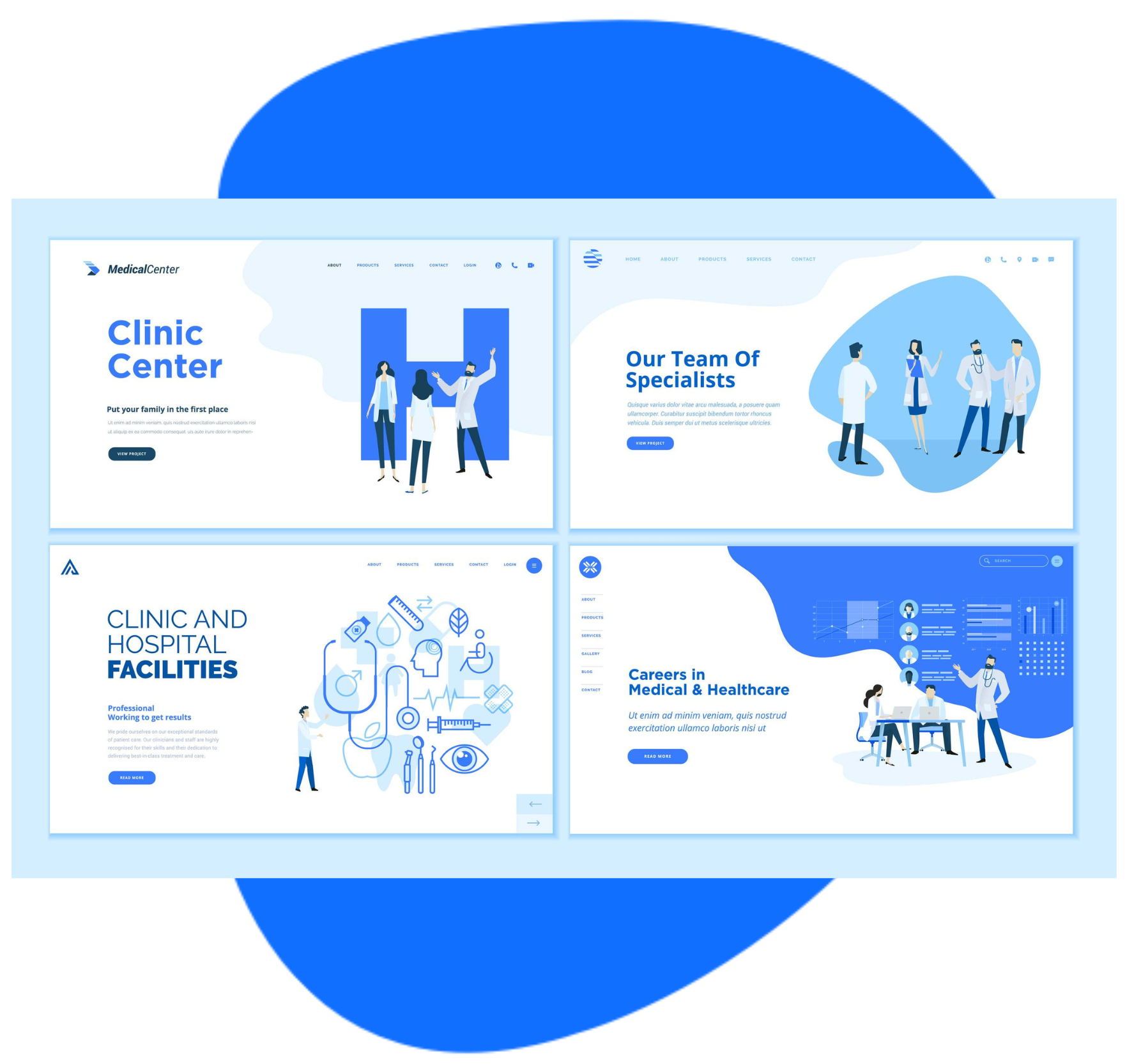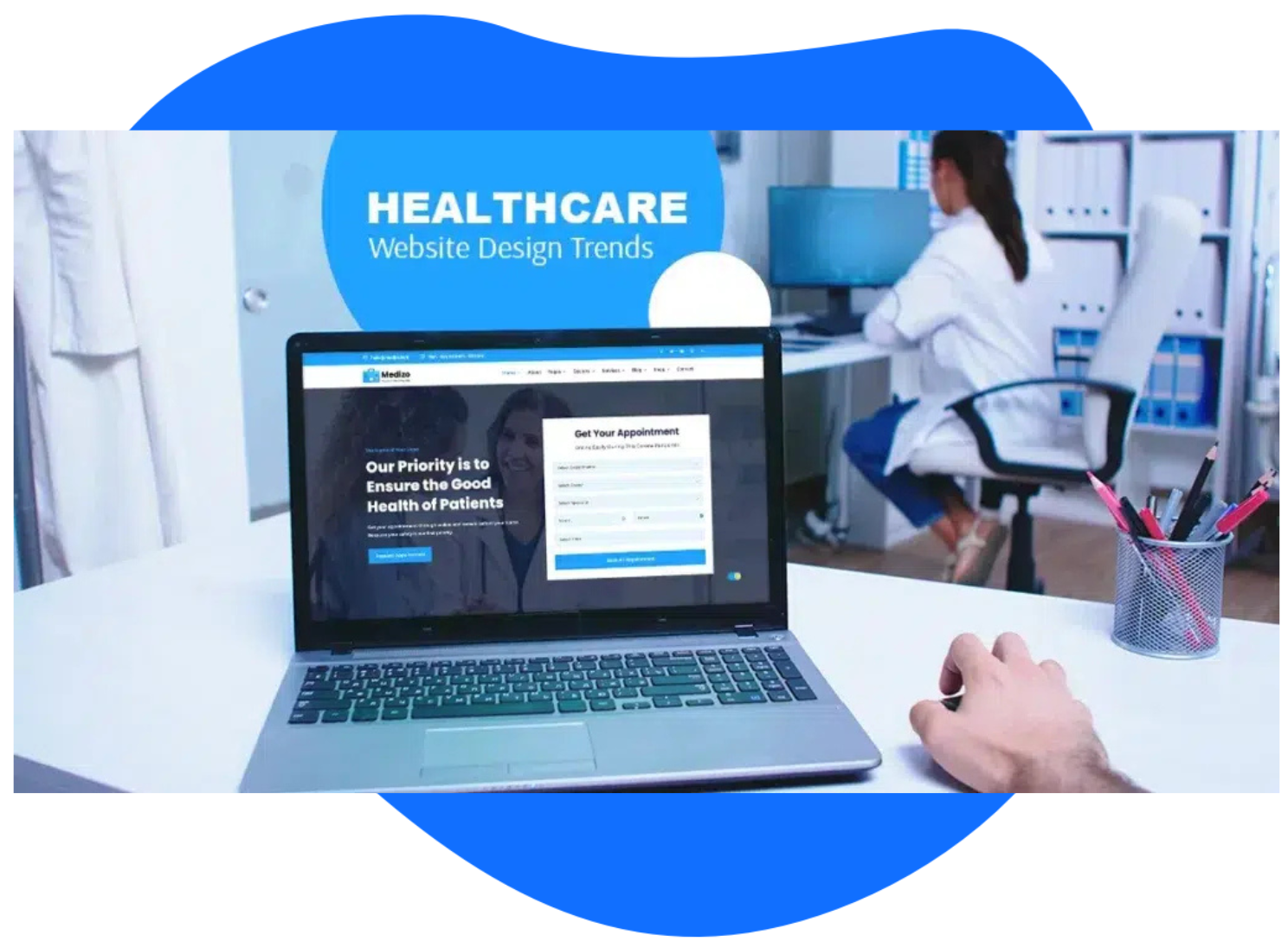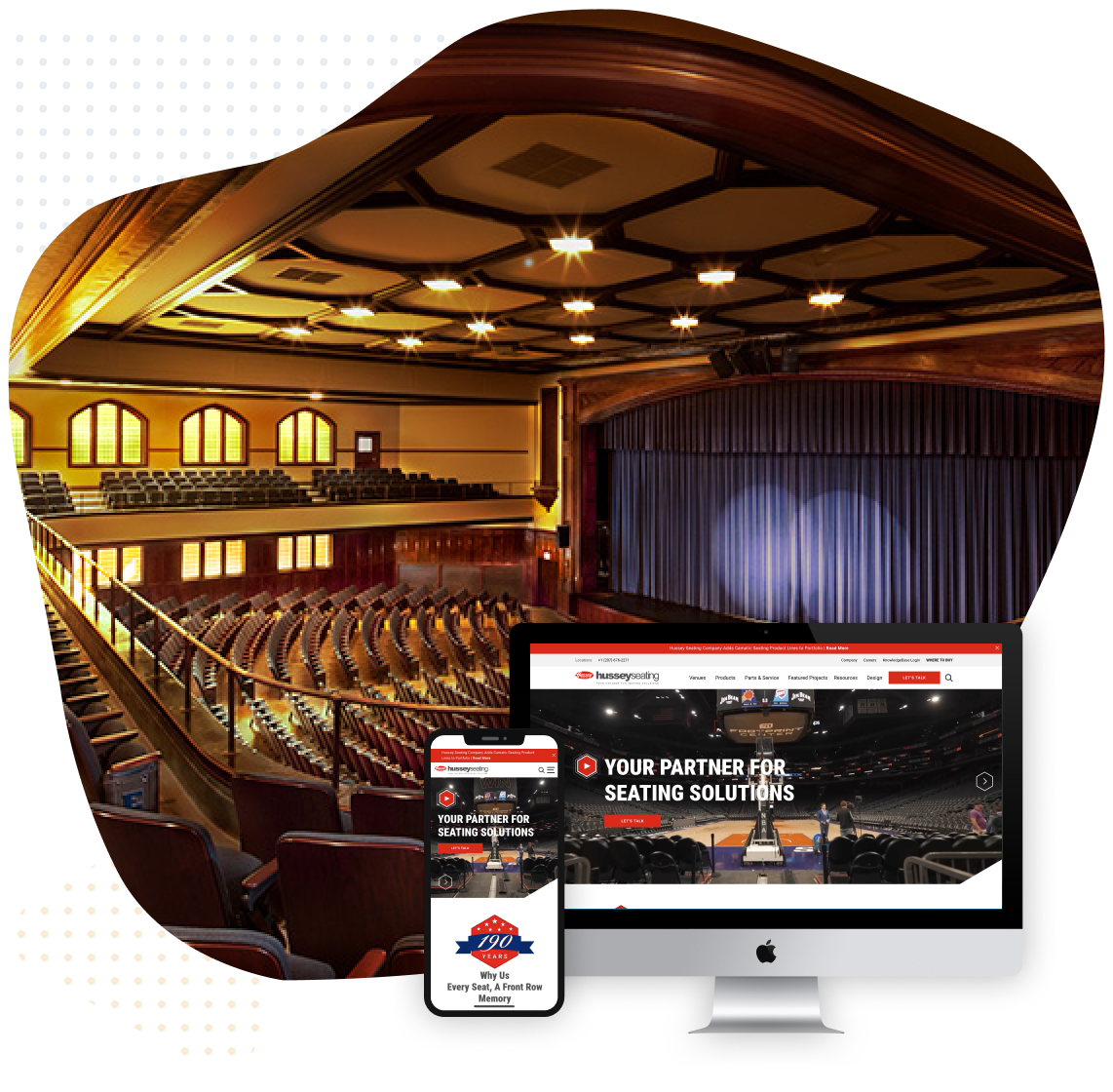The growing reliance on smartphones has made mobile responsiveness an essential aspect of modern healthcare websites. As people increasingly turn to their phones for medical information, appointment bookings, and other digital health services, a mobile-friendly site is no longer optional. It not only enhances user satisfaction but also fosters trust in an industry where credibility is paramount.
Stanford University found that 46.1% of users judge an organization’s credibility based on website design alone. In healthcare, where trust is crucial, an intuitive, mobile-responsive site can determine whether users stay or leave. By optimizing for smaller screens and fast loading times, healthcare providers can greatly improve patient engagement and overall satisfaction.
Benefits of Mobile-Responsive Design for Healthcare Providers
Improved Patient Experience
With 85% of U.S. adults owning a smartphone, patients frequently consult mobile devices for health information. According to MobiHealthNews, 80% of patients rely on mobile platforms to research medical topics. A mobile-responsive website eases navigation, encourages longer visits, and can boost appointment bookings, key to meeting patient needs. In fact, Healthcare Dive reports that 42% of patients prefer to book appointments online.
Enhanced Accessibility
Mobile responsiveness also promotes inclusivity by making features like appointment scheduling and patient education easy to use. This approach caters to the diverse needs of different patient demographics, allowing everyone to benefit from streamlined interactions on the go.
Cost-Effectiveness
A single responsive website adapts to all screen sizes, eliminating the need for separate desktop and mobile versions. This reduces development expenses and simplifies ongoing maintenance. By consolidating resources and minimizing duplication, healthcare providers can reallocate budgets toward patient care and other strategic goals.
The Importance of Mobile Responsiveness in Modern Healthcare Websites
Search engines prioritize mobile-friendly sites in their rankings, increasing visibility and patient engagement. A user-friendly mobile layout also prevents high bounce rates, as visitors can quickly find what they need. Even a one-second delay in loading time can significantly reduce conversion rates.
Beyond usability, mobile-optimized platforms allow healthcare providers to integrate helpful features like live chat and virtual consultations. These options enable real-time communication, making healthcare more accessible for individuals unable to attend in-person visits.
Finally, a single responsive site is easier and less costly to maintain than multiple versions, aiding compliance with the Americans with Disabilities Act (ADA). This ensures the digital experience accommodates users with different needs, including those with disabilities.
Responsive Design Facilitates Patient Interaction
In a fast-paced healthcare environment, responsive design lays the foundation for effective patient interaction. It ensures that individuals can seamlessly:
- Book Appointments: A well-structured site steers users to booking forms quickly.
- Access Telemedicine: Video consultations and remote patient monitoring tools become more accessible on any device.
- Find Key Resources: Patients can rapidly locate important health information or FAQs without scrolling through complex layouts.
By accommodating various screen sizes, responsive websites load faster and present content in an intuitive manner, two factors that Google values for search rankings.
Impact of Mobile-Friendliness on User Engagement
Time Spent on Site
A Statista study in 2023 revealed that 61% of all web traffic now comes from mobile devices. When a healthcare website is responsive, users find it easier to explore multiple pages and stay longer. Faster loading times encourage patients to browse services, read educational articles, and engage with online tools.
Higher Conversion Rates
User-friendly sites also lead to higher conversion rates, such as booked appointments or newsletter sign-ups. Slow-loading and hard-to-navigate websites push visitors away. However, investing in responsive design addresses these issues, streamlining the user journey and boosting overall engagement and conversions.
Cost Benefits and Simplified Maintenance of Responsive Designs
Adopting a responsive approach saves both time and money by unifying content under one website:
- Single Codebase: You only need to update one platform, reducing overhead and preventing inconsistencies.
- Easier Content Management: Healthcare providers can quickly post updated policies, service information, and articles.
- Consolidated Analytics: Tools like Google Analytics provide coherent data about user behavior across all devices, making insights clearer.
These efficiencies let healthcare teams channel more energy into patient care while maintaining a strong digital presence.
Impact of Responsive Design on Brand Credibility and Trust
Consistency Across Devices
Maintaining a coherent look and user experience across desktops, tablets, and smartphones demonstrates a commitment to professionalism. Studies show mobile-friendly sites often benefit from up to 50% better search visibility and 50% more user engagement. Consistency reassures patients that the healthcare provider invests in quality, enhancing loyalty.
Professional Appearance
A sleek, responsive design underscores a practice’s dedication to delivering a modern, patient-focused experience. From intuitive menu structures to interactive online booking, the features of a mobile-friendly site all contribute to a sense of reliability.
Responsive Design as a Long-Term Investment
The healthcare landscape continues to evolve, with over 60% of website visits coming from mobile devices. By prioritizing mobile optimisation, healthcare providers can remain relevant amid changing technologies and preferences.
Key Benefits:
1. Sustained Engagement: A smooth online experience keeps patients connected to services.
2. Reduced Bounce Rates: Mobile users prefer quick, accessible sites.
3. Higher Search Rankings: Responsive design minimizes duplicate content, improving SEO.
This forward-thinking approach ensures that a healthcare website will adapt to both current and future requirements, maintaining its effectiveness in a dynamic digital healthcare market.
Conclusion
In an era where more than 50% of patient interactions and appointments occur via mobile devices, mobile responsiveness has become essential for modern healthcare.
A site optimized for different screen sizes simplifies navigation, speeds communication, and supports a superior patient experience, ultimately reflecting the high-quality services on offer.
In fact, poor communication can account for over 50% of patient safety issues, and research indicates that 92% of orthopedic teams prefer mobile tools over traditional systems.
Meanwhile, 60% of appointments are now booked via mobile devices, and a mere one-second delay in loading can have a significant impact on user retention.
From enhanced SEO to simplified maintenance and stronger brand credibility, mobile responsiveness paves the way for healthcare providers to thrive in the fast-evolving digital landscape.
By prioritizing responsive design today, organizations set themselves up for continued success and resilience in tomorrow’s healthcare ecosystem.











